Namsan Seoul Tower (남산서울타워)
1.7Km 2025-04-02
Namsangongwon-gil 105, Yongsan-gu, Seúl.
Abierta al público el 15 de octubre de 1980, la Torre de Seúl ha sido designada como una importante atracción turística, desde la que se puede tener una hermosa vista panorámica de Seúl. La Torre de Seúl, de 236,7 metros de altura, construida sobre el monte Namsan –de 243 m–, ha sido conocida como la mejor torre de Asia. Tras 30 años de apoyo ferviente de los turistas, fue remodelada el 9 de diciembre de 2005. La letra N significa “nuevo”, por su aspecto, y fue invertido un coste de construcción total de 15 mil millones de wones en dar a la Torre de Seúl su nueva apariencia. Con la construcción del nuevo sistema de alumbrado, varía en cada estación o evento. Además, la iluminación, con el tema de “La flor de Seúl”, tiene lugar desde las 19:00 hasta la medianoche, con el empleo de 6 reflectores distintos desde diferentes ángulos. El lobby cuenta con una Zona Multimedia, una Sala de Experiencia del Pabellón, salas de exhibiciones y salas de actuaciones. También hay el restaurante N Grill, de estilo occidental, que gira 360 grados cada 48 minutos, y el Sky Restroom que ofrece comodidad y vistas panorámicas de Seúl; ambos son ideales para parejas y amigos.
n·GRILL (엔그릴)
1.7Km 2021-03-18
105, Namsangongwon-gil, Yongsan-gu, Seoul
+82-2-3455-9297
n·GRILL sits on the 5th floor, the highest level of Namsan Seoul Tower, providing a 360° panoramic view of Seoul as the restaurant rotates. n·GRILL serves a full course steak menu along with vintage wine. Enjoy a spectacular dining experience for a special event at n·GRILL.
* Rotation speed: 1 complete clockwise revolution every 2 hours
The Place Dining (더플레이스다이닝)
1.7Km 2019-12-18
105, Namsangongwon-gil, Yongsan-gu, Seoul
+82-2-3455-9220
A casual restaurant situated in the N Seoul Tower, The Place Dining welcomes all guests with the utmost friendliness, and provides a comfortable atmosphere. The beautiful rooftop garden terrace and sky promenade offer a spectacular view overlooking the N Seoul Tower area. The pasta and pizza are made to order, serving the genuine tastes of Italy. The Place Dining only uses the finest ingredients for all of its dishes, including healthy salads and soups.
HAN COOK N Seoul Tower (한쿡 N서울타워)
1.7Km 2021-03-18
105, Namsangongwon-gil, Yongsan-gu, Seoul
+82-2-3455-9292
HanCook is an elegant Korean restaurant located in Namsan Seoul Tower serving the traditional beauty and tastes of Korea in a comfortable setting. The buffet-style traditional Korean corner is especially popular among both locals and tourists, offering a variety of more than 30 different dishes in an antique atmosphere. HanCook also boasts a special formal dinner menu only available here. This Korean family restaurant aims to introduce traditional Korean food to the world.
Owl's Cutlet Premium Namsan Seoul Tower(부엉이돈가스 남산서울타워)
1.7Km 2021-04-15
105, Namsangongwon-gil, Yongsan-gu, Seoul
+82-2-318-0518
This is a Japanese cuisine located in Namsan Seoul Tower, Seoul. A restaurant serving cast iron-grilled pork cutlets. The best menu at this restaurant is pork cutlet.
Seochon Guest House [Korea Quality] / 서촌 게스트하우스 [한국관광 품질인증]
1.7Km 2023-04-07
28-3, Jahamun-ro 7-gil, Jongno-gu, Seoul
+82-010-3345-9680
Seochon Guest House is located in Seochon, which is becoming a hot place for tourists in Seoul, and precisely on the road to Suseong Valley, whichis filled with interesting stores and is also well-known for Park Nosoo Art Gallery and the House of Yun Dong-ju (poet). Seochon Guest House is nicknamed ‘Jaeminangol (interesting village)’ after Baekseok’s poem ‘Yeowunangol’, with the aim of providing a visit full of interesting experiences. Passing through a garden and entering the main building, the unique charm of this hanok building, the staircase to get to the first floor from daecheong (main floored room), catches the eye of the visitors. In addition, the building is decorated with various stylish objects including paintings and Korean musical instruments. The terrace situated on the first floor offers an open view of the surrounding area including roof tiles of hanok structures and alleyways in Seochon. It is said that Korean novelist Yoon Hu-myeong also appreciated the structure of the guesthouse, saying, “It is an interesting place.” Built in the 1930s, the house, which has many storage places, was taken by the owner couple in spring 2014 as they were attracted by the house during their trip to Seochon. After the repair work, the ground floor of the house was opened for guests from January 2016, hoping that guests could share their daily experiences and stories with each other. The guestrooms and the main floored room on the ground floor are open to guests, with the exception of the first floor, which is used by the owner couple. The living room is equipped with books, a curved TV, and a table. The tasty meal, which is served in the kitchen, consists of rice and soup with six side dishes and is much loved by guests. The guesthouse offers a total of four rooms – Jae Room, which is the most Korean-style room; Mi Room, which has a combined style of a Korean-style room and Western-style room; Nan Room, which is an ideal room for meditation with a beautiful paper window; and Ahn Room, which is equipped with a veranda and a pretty flowerbed. Every room has its separate charm with various comfortable bedding to provide a quiet and cozy bedroom for guests in the middle of the city. Furthermore, the guesthouse holds a pansori (epic chant) performance twice a year. The owner started learning how to sing pansori to promote the Korean culture and tradition to foreigners. When a pansori performance is held, the owner offers traditional Korean snacks and drinks including sikhye (sweet rice punch), sujeonggwa (cinnamon punch), traditional sweets and cookies, and tteok (rice cakes) to visitors, tourists, and performers. Moreover, it provides cultural programs such as a Gukak (Korean classical music) experience, Korean traditional clothes experience, and making Korean food experience, as well as other activities with guests, such as trip to the city wall between Inwangsan Mountain and Bugaksan Mountain, and the Royal Palace Tour to Gyeongbokgung Palace, etc., as well as a trip to a traditional market.
Cafe COIN 2ho (Cafe COIN 2호)
1.7Km 2021-03-22
29, Myeongdong, 9-gil, Jung-gu, Seoul
+82-2-754-1506
A café operated for more than 20 years in Myeong-dong. This is a cafe located in Jung-gu, Seoul. The most famous menu is waffle.
The Restaurant (더레스토랑)
1.7Km 2021-03-27
54, Samcheong-ro, Jongno-gu, Seoul
+82-2-735-8441
It is a gallery-like restaurant where you can appreciate paintings drawn by famous artists. The best menu at this restaurant is spaghetti. This Western dishes restaurant is located in Jongno-gu, Seoul.
Uraeok (우래옥)
1.7Km 2021-03-24
62-29, Changgyeonggung-ro, Jung-gu, Seoul
+82-2-2265-0151
This 2020 Michelin Guide restaurant specializes in Pyongyang-style naengmyeon (Korean cold noodle). The best menu at this restaurant is pyeongyang cold buckwheat noodles. This Korean dishes restaurant is located in Jung-gu, Seoul.
Residencia Baek In-je (백인제가옥)
1.7Km 2025-04-18
Bukchon-ro 7-gil 16, Jongno-gu, Seúl
La Residencia Baek In-je está situada en Gahoe-dong. Este edificio conserva el estilo moderno de hanok diseñado durante la colonización japonesa. En un terreno amplia de 2.460 ㎡, la vivienda cuenta con habitaciones y jardines alrededor del salón principal. También hay un pequeño espacio separado para el descanso. La casa mantiene la belleza tradicional del propio hanok con remodelaciones. Así, es una de las representaciones arquitectónicas más conocidas del barrio de Bukchon, junto con la Residencia Yoon Bo-seon.
Diversas características destacan la casa construida en pino negral, presentado por primera vez en Seúl durante la Exposición de Gyeongseong en 1907. Por ejemplo, la Residencia Baek In-je está compuesta por un pasillo que une el salón y las habitaciones, lo que es peculiar en comparación con el hanok clásico. Por otro lado, el pasillo al estilo japonés, la habitación con esteras, el empleo de ladrillos rojos y ventanas de cristal reflejan el paisaje de la época. Asimismo, el salón suele ser de un piso, pero está dividido en dos plantas en esta construcción. Siendo un patrimonio cultural, este lugar agrupa toda la hermosura de hanok, permitiendo contemplar del jardín al salón, del patio al interior de la casa y del trasero del inmueble separado.


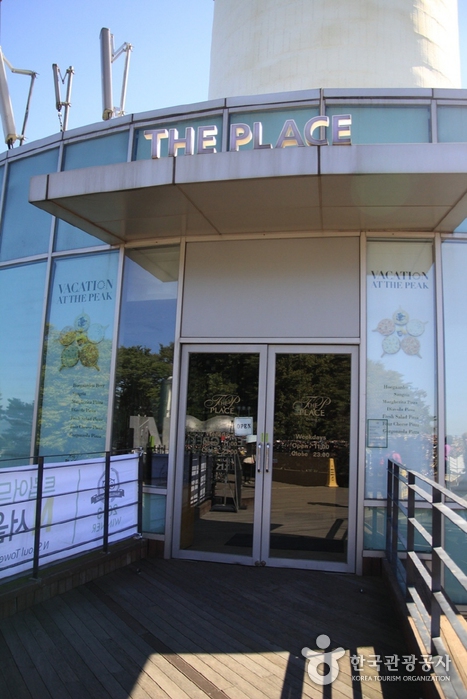
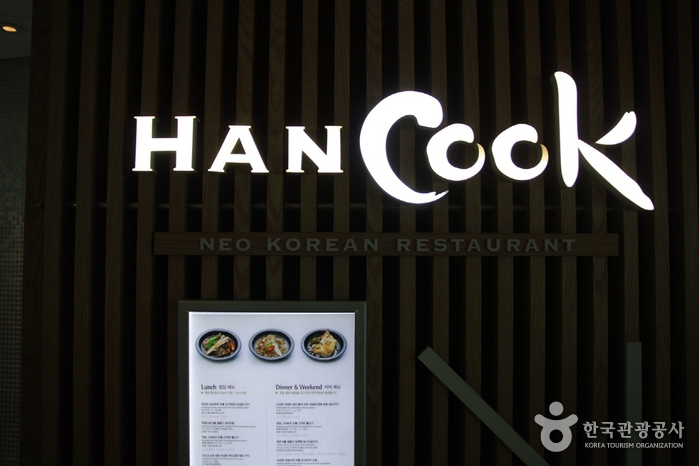
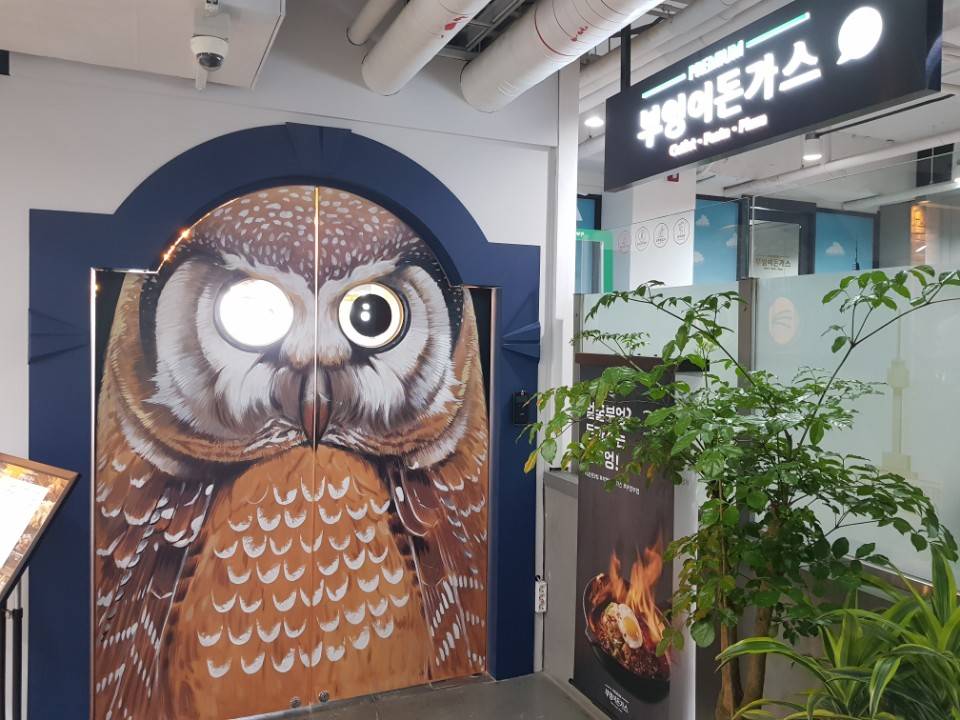
![Seochon Guest House [Korea Quality] / 서촌 게스트하우스 [한국관광 품질인증]](http://tong.visitkorea.or.kr/cms/resource/41/2447241_image2_1.jpg)
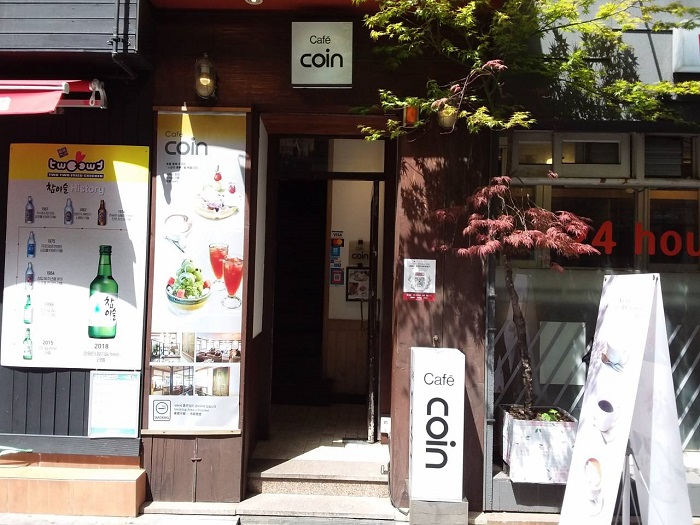
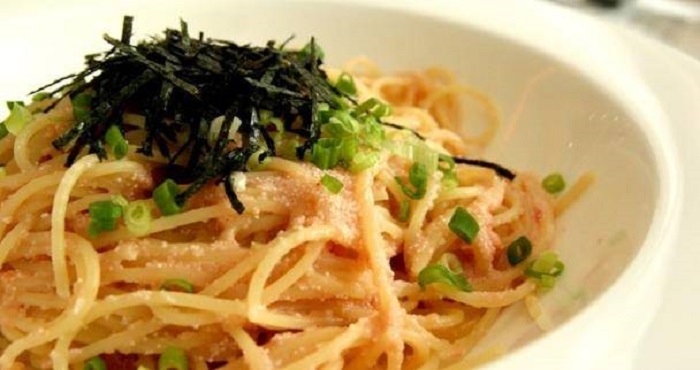

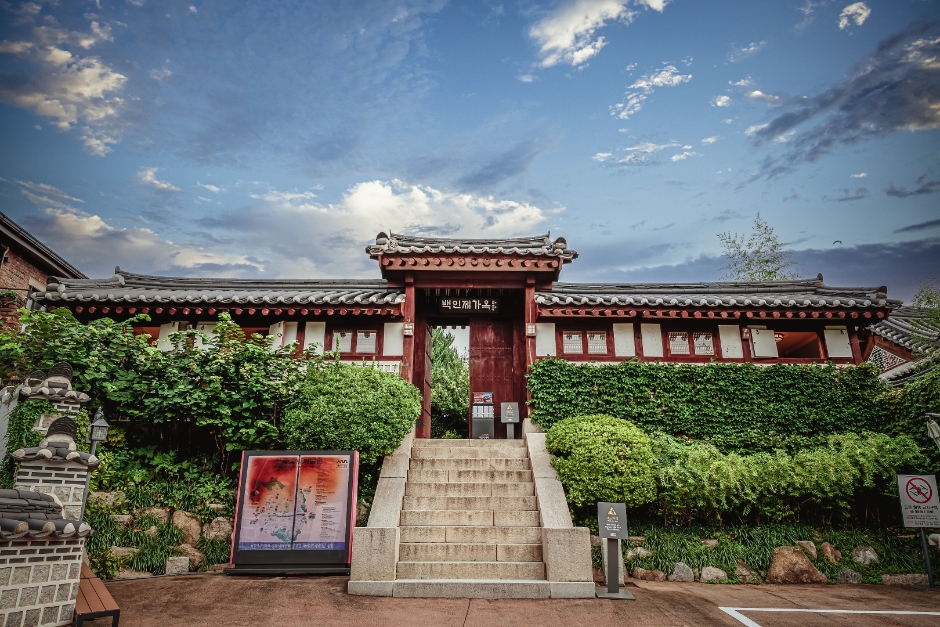
 Español
Español
 한국어
한국어 English
English 日本語
日本語 中文(简体)
中文(简体) Deutsch
Deutsch Français
Français Русский
Русский